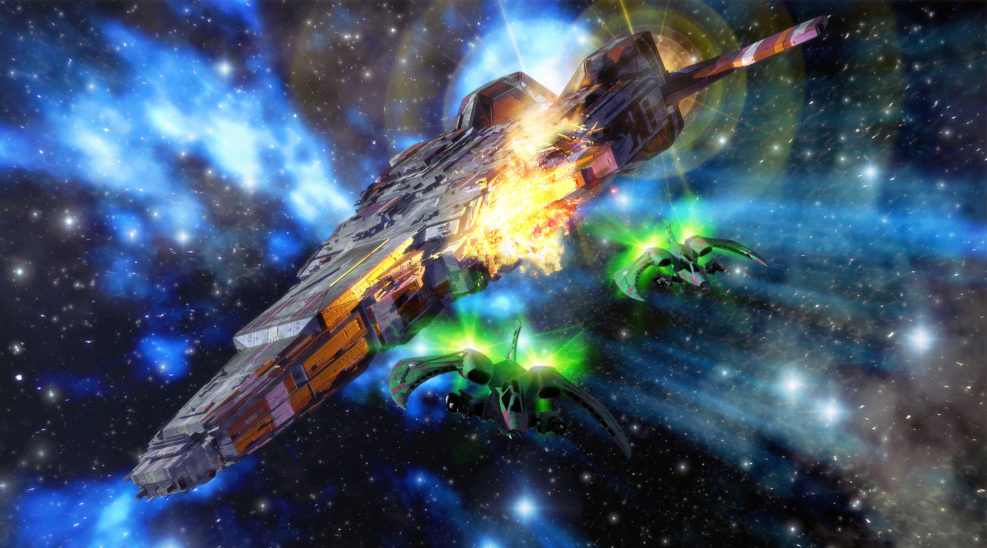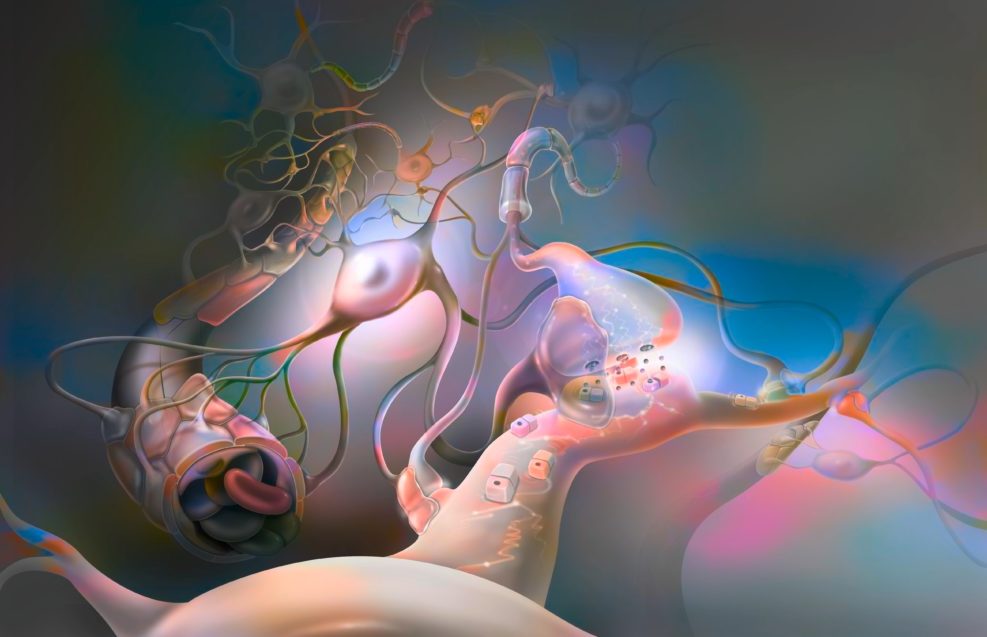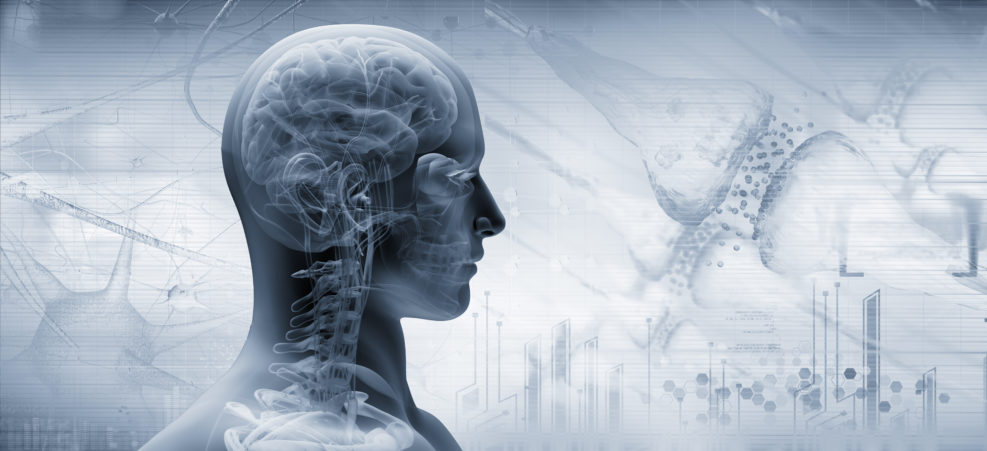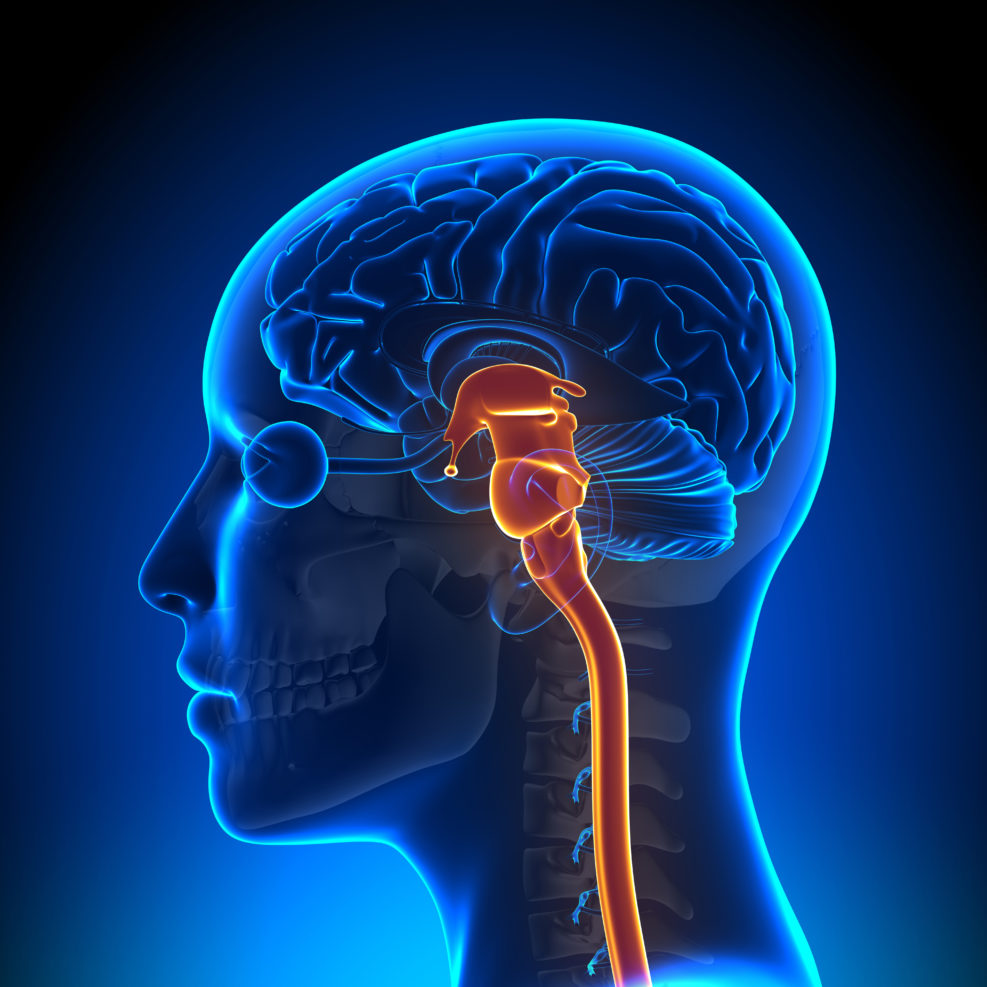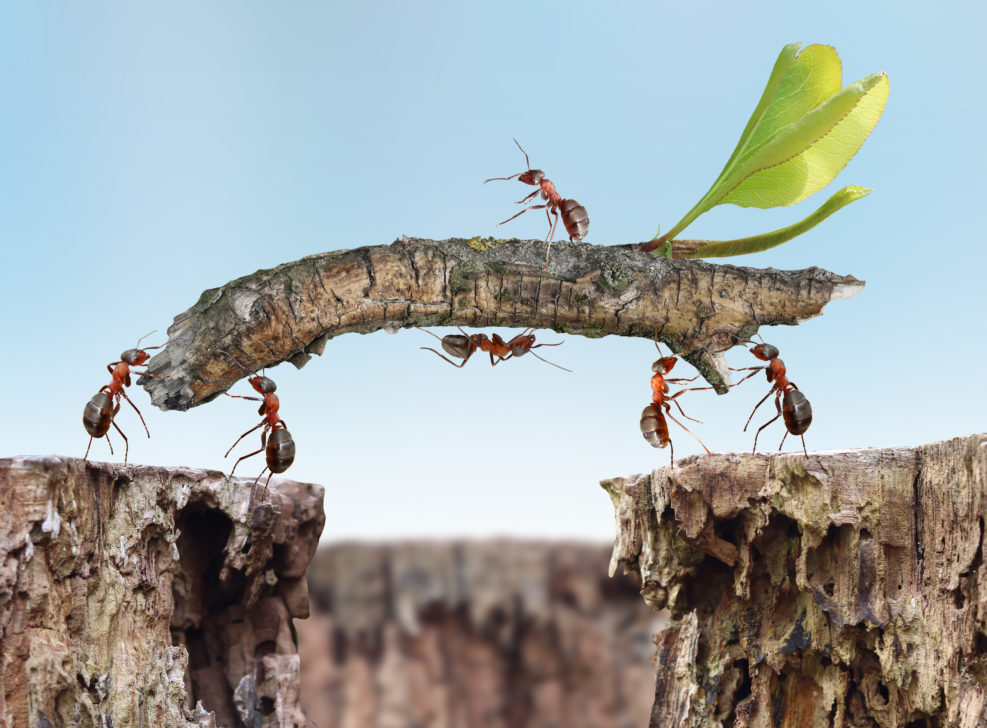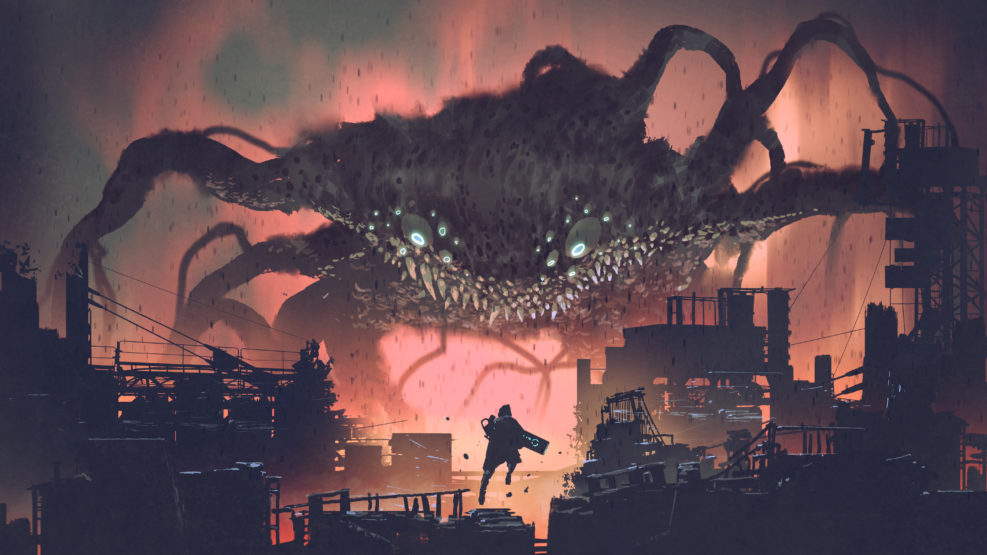
Researcher: Only 4 in 1000s of ET Groups Are Likely Malicious
Historically, sci-fi has preferred aliens to be overlords or villains. But a researcher asks us to look at the history of conflict on our own planet…In a recent paper at Physics ArXiv, Alberto Caballero, a PhD student in conflict resolution at the University of Vigo in Spain, has calculated that there are, perhaps, four civilizations in our galaxy that are both intelligent and evil. A natural response has been “only four? Not counting us?” The estimate got quite a bit of media attention. To arrive at it, Caballero began by reviewing the history of conflicts on Earth: To reach his estimation, Caballero first counted the number of countries that invaded other countries between 1915 and 2022. He found that a total of 51 of the world’s 195 nations had launched some sort of invasion during that period. (The U.S. sat at the top of the Read More ›
